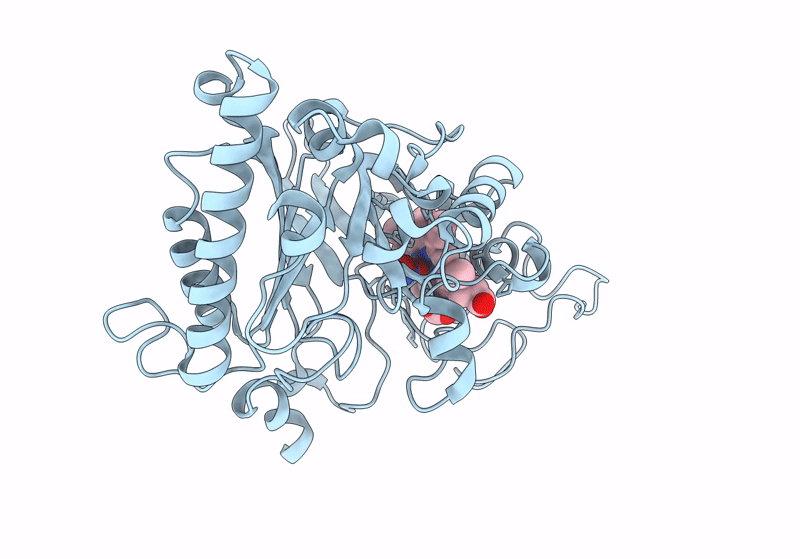
Deposition Date
2023-02-14
Release Date
2024-02-28
Last Version Date
2024-03-06
Entry Detail
Biological Source:
Source Organism:
Thermobifida halotolerans (Taxon ID: 483545)
Host Organism:
Method Details:
Experimental Method:
Resolution:
1.60 Å
R-Value Free:
0.18
R-Value Work:
0.15
R-Value Observed:
0.15
Space Group:
C 2 2 21


